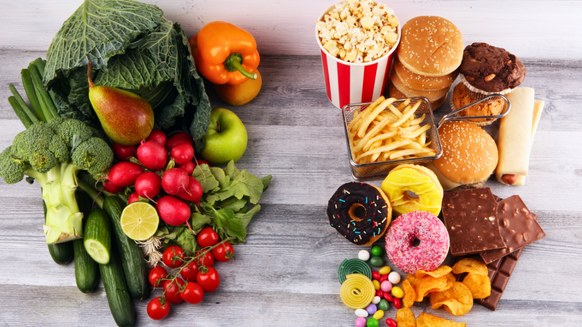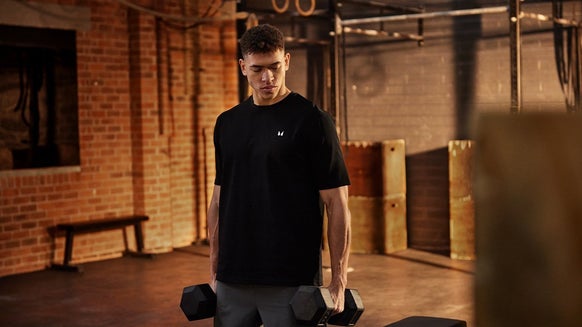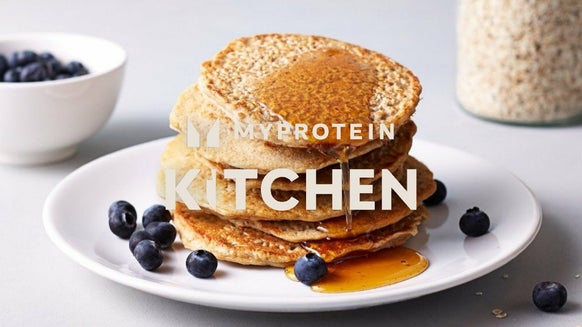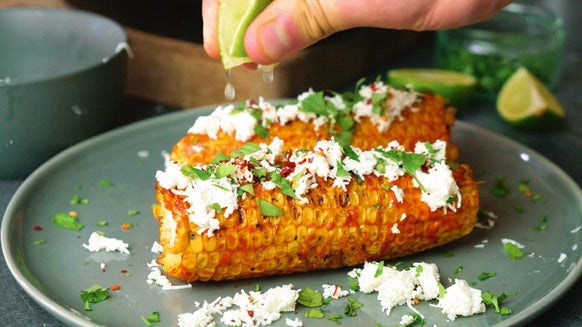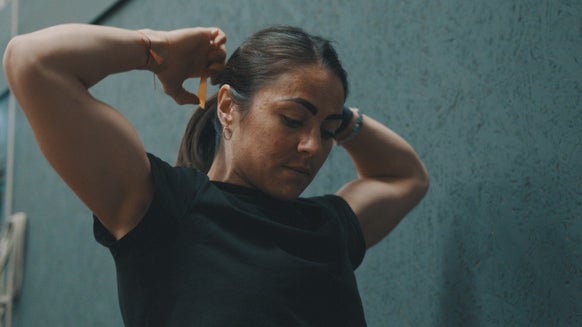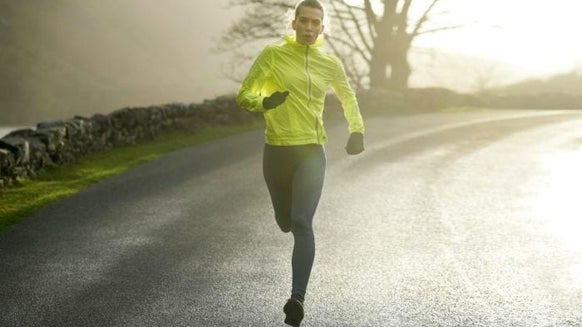How To Avoid Energy Crashing On Your Bike Rides
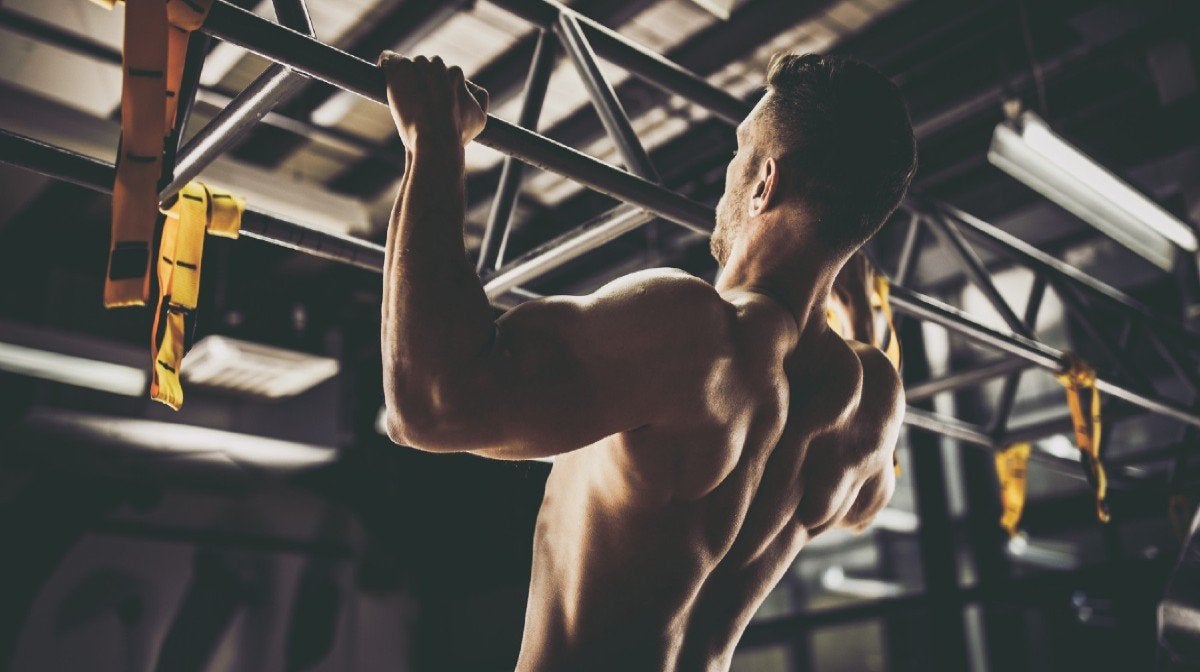
With a name as peculiar as ‘bonking’, it’s hard to take the feeling seriously. But if you’ve taken to training on two wheels then you might have already encountered the dreaded bonk, defined as the feeling of pure exhaustion when there’s nothing left in the tank.
So how can you avoid this jelly-legged feeling and get even more out of your bike rides?

Why do we energy-crash?
You’re likely to have felt a sudden energy depletion if you’ve found yourself sitting on the side of the road whilst your legs briefly recover from turning to jelly. Long endurance exercise causes a depletion in our glycogen stores, thereafter our body burns fat for fuel.
We may begin to feel a surge of fatigue when our glycogen stores run out — this is when the energy crash or bonk occurs.
Preventing an energy crash
The obvious — and perhaps the easiest — way to prevent crashing on a bike ride is to fuel up pre-ride with as much glycogen as possible. This can be achieved by ingesting plenty of carbohydrates through your diet or taking a supplement that’s specifically tailored for increasing our energy stores.
If your ride will last more than an hour or if you anticipate that you’ll need a little energy pick me up during your ride, it’s a good idea to pack a couple of carbohydrate-rich snacks.
Pots of pasta and tubs of potatoes aren’t necessarily the most portable foods in the world, which is why gels and energy bars, or drinks are a good alternative for topping up your glycogen stores on your ride.
How much carbohydrate do I need?
Whilst carb loading is an excuse to enjoy your favourite carbohydrate foods that you might regulate when watching your macros (such as a rice-heavy dish or chips galore), it’s essential that you don’t go overboard with the carbohydrates.
As with all food, an excess of carbohydrates could cause weight gain, therefore it’s vital that you only take on as much as you need to replenish and top up your glycogen stores.
This normally means around 6-10g carbohydrate per kg of body weight, making up 50-55% of your energy intake. Although you might opt for glucose sources of carbohydrate, such as bread, pasta, rice and any other flour or grain-based product, maltodextrin takes longer to absorb into our bodies and therefore provides energy over a longer period of time1.
When should I start carb-loading?
If you’re a recreational cyclist who enjoys longer rides, start to top up your carbohydrate stores beginning with dinner the night before the day of your long ride. Ensure you take a carbohydrate-rich snack or two with you on your ride and have a good breakfast that also provides plenty of carbohydrates.
If you’re more serious about cycling and like to tackle half or full day rides, then you should aim to carb-load in the 24 hours prior to your cycle ride at the very least. Again, don’t leave the house without your snacks!
Snacks during your ride
If you’re more worried about hitting a PB or winning a KOM (if you know, you know) than listening to your body and taking a break, you should know that Tour de France riders take in about 50% of their daily calorie intake whilst riding.
Snacking on your ride doesn’t mean that you need to pull over or come to a stop. If it’s safe and accessible to reach for your snacks whilst riding, then there’s no need to take a definitive pause in your ride.
Of course, we’re not advocating
Another thing to bear in mind is the timing of your snack. Initially, you might think that it’s only necessary to fuel up on extra glycogen when you begin to feel tired, but it’s actually more beneficial to snack continuously to prevent burning out suddenly.2
Take home message
It doesn’t matter whether you’re new to cycling or have been exercising on two wheels for years. Fuelling your rides is important, no matter your level of expertise and cycling history.
Top up your carbohydrate stores before and during your ride to prevent crashing on your bike ride. There’s nothing worse than knowing you still have 30km left of your ride or a tough hill to tackle
READ THIS NEXT:
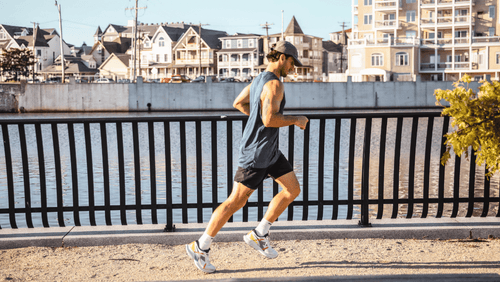
How This Marathon Runner Fuels Up Before and After Workouts
His pre and post workout go-to's.

1. Galiuto, L., Fedele, E., Vitale, E., Lucini, D., Vasilescu, M. and Ionescu, A.M. (2018) Healthy Athlete’s Nutrition, Journal of the Romanian Sports Medicine Society, 14(1), pp. 2967-2986.
2. Stellingwerff, T., Boon, H., Gijsen, A.P., Stegen, J.H., Kuipers, H. and van Loon. J.C. (2007) Carbohydrate supplementation during prolonged cycling exercise spares muscle glycogen but does not affect intramyocellular lipid use, European Journal of Physiology, 454(4), pp. 635-647.

